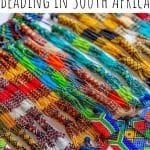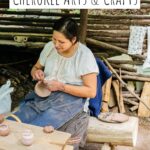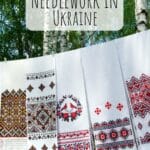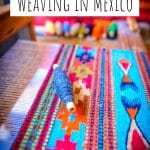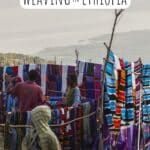A Brief History of Amazonian Basket Weaving Traditions
Basket weaving in the Amazonian region of South America has a long and rich history, deeply tied to the natural environment and the daily lives of indigenous communities. This craft is not only a form of artistic expression but also a vital part of survival and cultural identity. Over the centuries, Amazonian basket weaving has evolved, blending indigenous knowledge with modern influences. In this article, we explore the history, cultural significance, and where people can experience this fascinating tradition today.
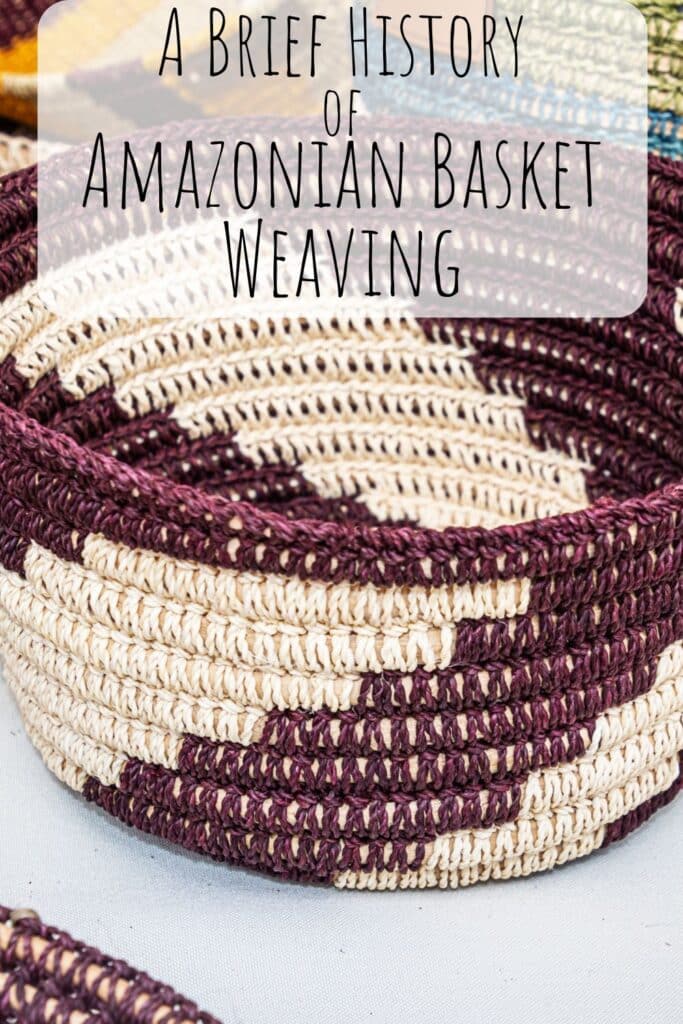
Historical Origins of Amazonian Basket Weaving
The history of basket weaving in the Amazon is as old as the rainforest itself. Indigenous peoples have been weaving baskets for thousands of years, using materials found in the dense forests of the region. Early baskets were made from the fibers of various plants, such as buriti, bacaba, and coconut, as well as from tree bark and vines. These materials were readily available, sustainable, and durable, making them ideal for creating functional items.
The baskets served multiple purposes in daily life. They were essential tools for storing food, carrying goods, and even fishing. In addition to practical uses, baskets played a spiritual role in many Amazonian cultures, being used in rituals and ceremonies. The shapes and designs often held symbolic meanings, reflecting the community’s relationship with nature, spirits, and ancestors. Through basket weaving, communities could convey stories, commemorate significant events, and honor deities.
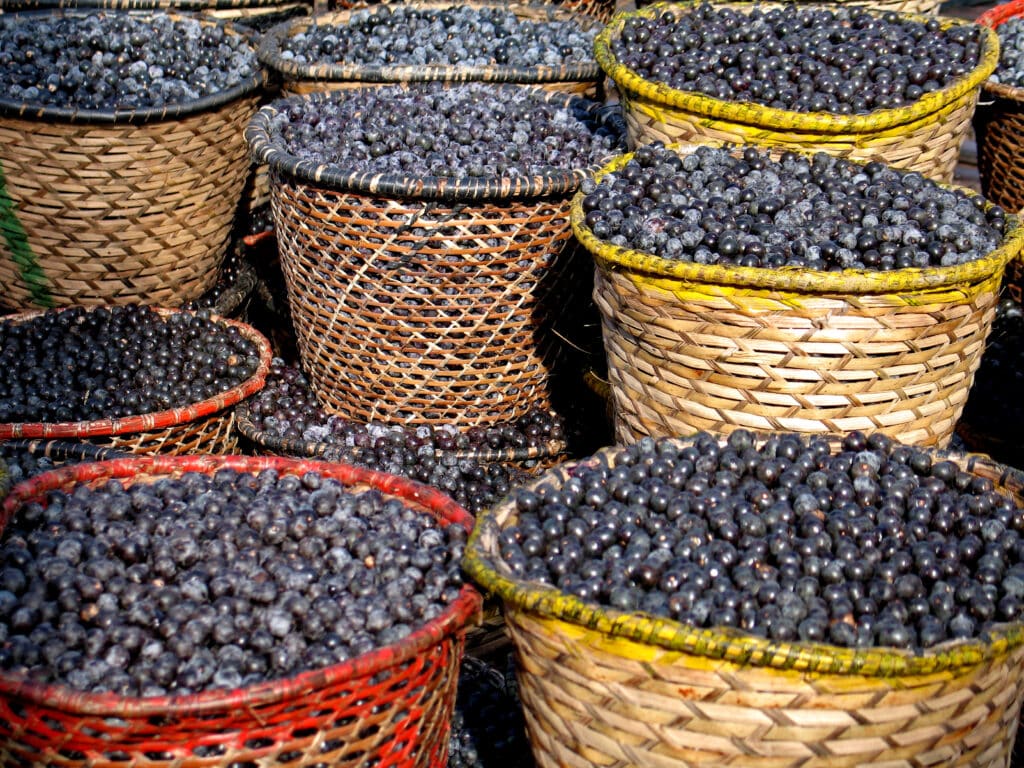
These traditional baskets were typically handwoven, with each community developing its own unique weaving style. The knowledge of weaving techniques and the significance of specific designs were passed down orally through generations, often by elder women. This practice ensured that the tradition remained intact, even as the world around these communities changed.
Cultural Significance of Amazonian Basket Weaving
Amazonian basket weaving is more than just a craft; it is a means of cultural preservation and identity. Each weaving pattern, color, and technique tells a story, often passed down through generations. For many indigenous groups, weaving is a rite of passage, with young apprentices learning the art from elders. The weaving process itself is deeply meditative, fostering a connection to the natural world and to the ancestral knowledge that sustains it. Through these traditions, the cultural memory of the community is carried forward.
Basket weaving also plays an important role in the Amazon’s economy. Many indigenous groups sell their woven goods in local markets, where visitors can purchase everything from decorative items to functional baskets. The sale of baskets helps sustain communities and allows artisans to maintain their traditional practices while adapting to modern economic systems. The income generated from basket weaving often contributes to the overall well-being of families, providing funds for other essential needs like education and healthcare.
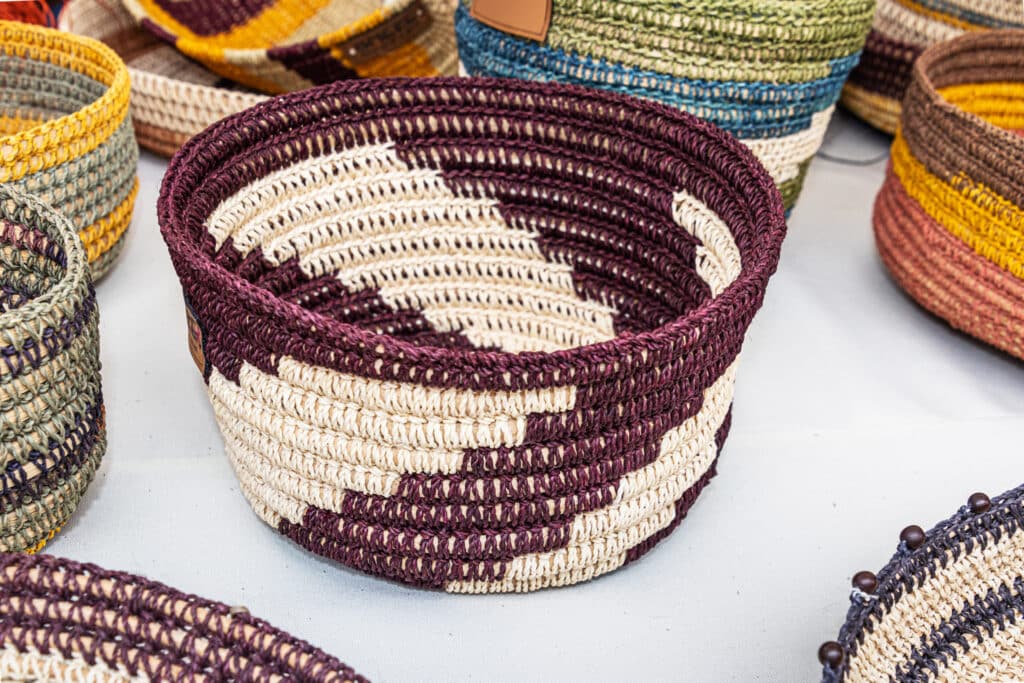
Furthermore, basket weaving has become a symbol of resistance for some indigenous groups. As deforestation and other environmental pressures threaten the Amazon, the continuation of traditional crafts like basket weaving is seen as a way to preserve both culture and the environment. The materials used in weaving are often harvested sustainably, providing a reminder of the importance of protecting the rainforest. By sustaining these practices, indigenous groups reaffirm their role as guardians of the forest, showing the world that their connection to the land is inseparable from their culture.
The Evolution of Amazonian Basket Weaving
Over time, Amazonian basket weaving has evolved. While the basic techniques and materials have remained largely unchanged, modern influences have introduced new styles and purposes. Today, many weavers incorporate vibrant dyes and new patterns into their baskets, often blending traditional designs with contemporary ones. These modern adaptations have increased the appeal of Amazonian baskets to a wider audience, contributing to their popularity in global markets. Artisans have become more innovative, incorporating new designs and weaving methods that attract both local and international buyers.
Despite these changes, traditional methods are still highly valued. In many communities, basket weaving remains an important skill that is passed down through generations. The resurgence of interest in handmade, sustainable goods has also revived traditional weaving techniques. Artisans are now more recognized for their work, and their creations are sought after by collectors, cultural institutions, and environmentally conscious consumers. With the global emphasis on sustainable living, Amazonian baskets have found a niche in the world of eco-friendly goods, gaining recognition for their beauty, practicality, and environmental benefits.
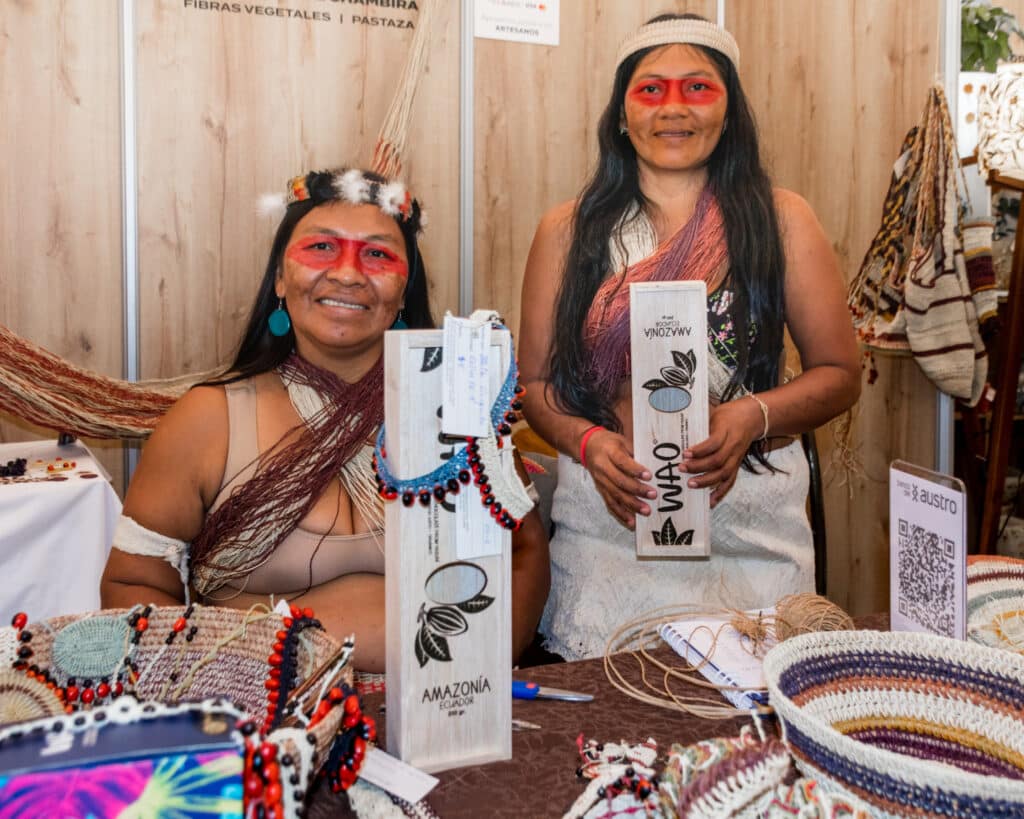
Materials Used in Amazonian Basket Weaving
The materials used for basket weaving in the Amazon are unique to the region and are part of the environmental sustainability that defines the practice. Some of the most common materials include:
● Buriti Palm: The leaves of this palm tree are prized for their strength and flexibility. Buriti palms grow abundantly in the Amazon rainforest and are used to create baskets, hats, mats, and other woven goods. The fiber from the buriti is particularly prized for its durability and resistance to wear.
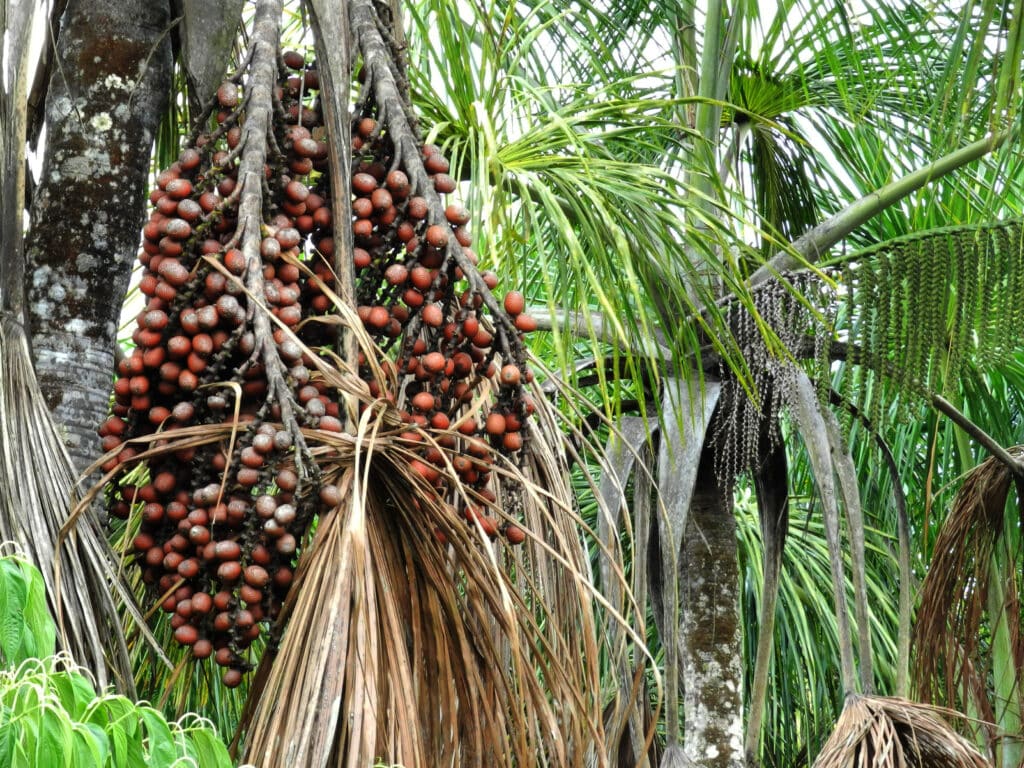
● Bacaba Palm: Another common plant in the Amazon, the bacaba is used to create finer baskets with intricate patterns. Its fibers are softer than those of the buriti but still strong enough for weaving. The use of bacaba palms also adds to the variety and uniqueness of each basket, as the fibers are often dyed in vivid colors.
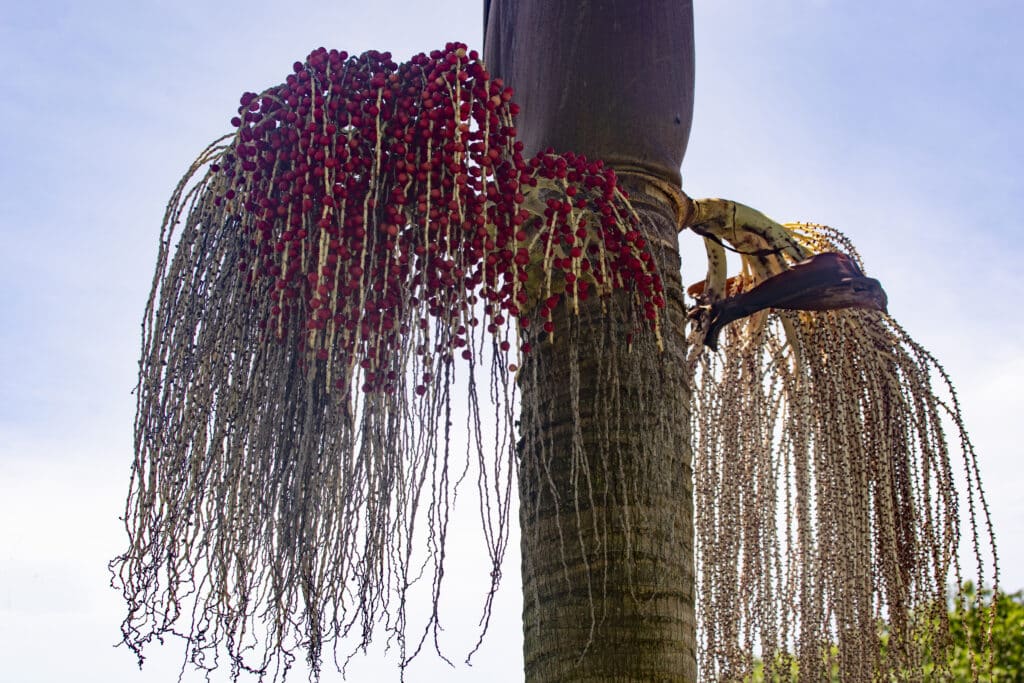
● Coconut Fibers: Coconut palms provide materials for a variety of woven products, with the husks being used for crafting baskets and other utilitarian items. The fibers from coconuts are not only strong but also flexible, allowing for intricate and detailed weaving.
● Tree Bark and Vines: In some regions of the Amazon, artisans still use the bark of trees like the tucum and cumaru, as well as vines, to make sturdy baskets. These materials are naturally abundant and provide a strong, durable weave that can be used for heavy-duty purposes.
● Seeds and Dyes: Some weavers incorporate seeds, fruits, and natural dyes from plants like annatto or brazilwood to color their baskets. These dyes help create intricate patterns, reflecting the diversity of flora in the Amazon rainforest. The use of natural dyes further reinforces the eco-friendly nature of the craft.
Where to Experience Amazonian Basket Weaving Today
Today, basket weaving continues to be a living tradition in many Amazonian communities. Visitors to the Amazon can experience this craft firsthand in various ways, from participating in workshops to visiting local markets. Here are some places where you can see Amazonian basket weaving in person:
Manaus, Brazil
The capital of the Brazilian state of Amazonas, Manaus is a hub for indigenous crafts. Local markets, such as the Mercado Municipal, sell a wide variety of handmade baskets made from buriti and other local materials. Some indigenous groups also offer demonstrations of traditional weaving techniques, allowing visitors to see the weaving process up close and learn about its cultural significance. The Museu da Amazônia is a must visit while in Manaus.
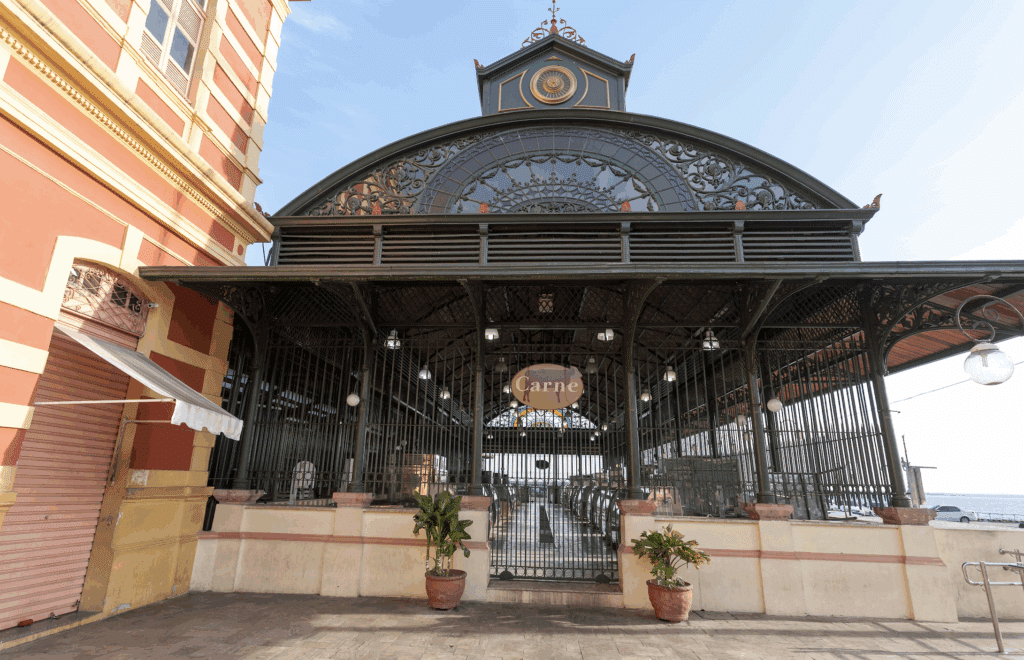
Iquitos, Peru
Iquitos, located in the Peruvian Amazon, is home to many indigenous communities that practice basket weaving. Visitors can take guided tours to local villages, where artisans will demonstrate the weaving process and offer their goods for sale. In addition, there are several cultural centers in the region that host workshops and exhibits focused on Amazonian crafts. Visit the Museo de Culturas Indigenas for historical and modern Indigenous exhibits.
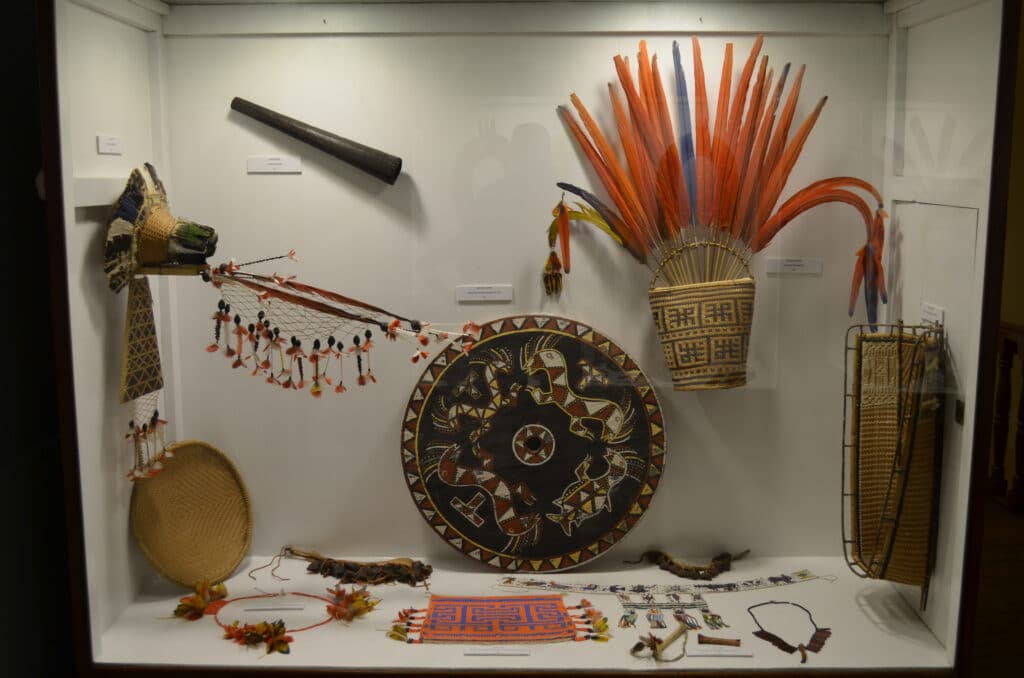
Puerto Nariño, Colombia
This small town on the banks of the Amazon River is known for its commitment to sustainability and indigenous culture. Here, you can visit local artisan workshops where traditional basket weaving is practiced using local plants and fibers. Visitors can also purchase handwoven baskets directly from the artisans, supporting the local economy.
Ecuadorian Amazon
In Ecuador, basket weaving is an essential part of the culture of various indigenous groups like the Kichwa and Shuar. Visitors can find basket weaving workshops in cities like Puyo and Tena, where you can learn about the techniques and history behind these traditional crafts. Many artisans also sell their creations at local markets, offering an opportunity to take home a unique piece of Amazonian culture.
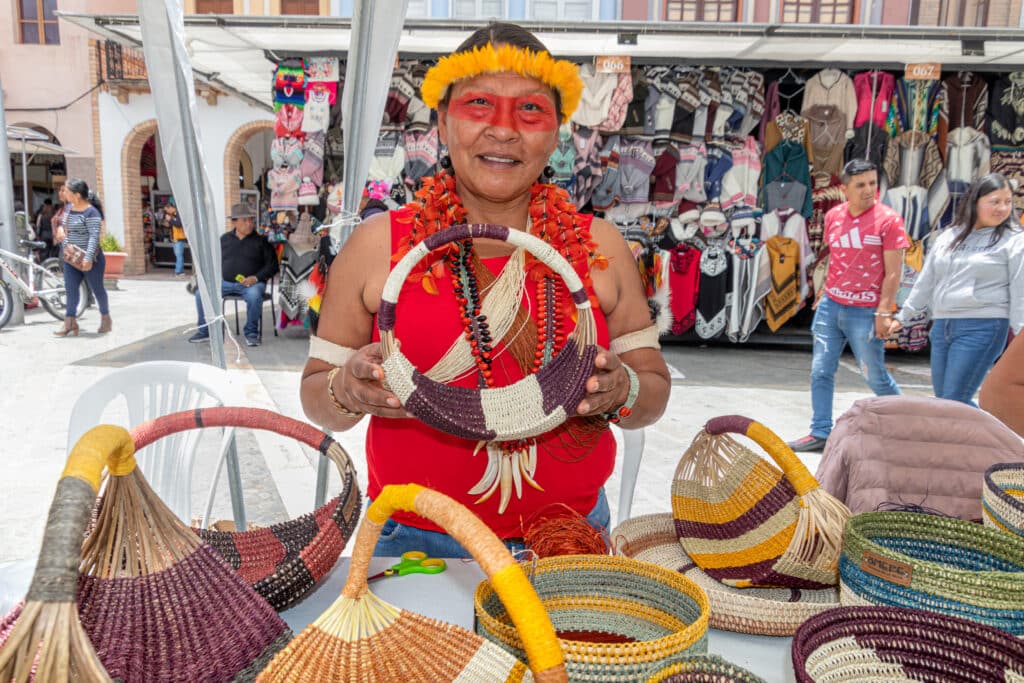
Amazonian Cultural Centers
Many cultural centers in the Amazon offer workshops and exhibitions dedicated to indigenous crafts, including basket weaving. These centers are a great place to learn about the significance of the craft, observe live demonstrations, and purchase handmade baskets from local artisans. They also serve as educational hubs, helping to keep the tradition of Amazonian basket weaving alive.
Amazonian basket weaving is a timeless tradition that reflects the deep connection between indigenous communities and the rainforest. Through this craft, ancient knowledge is preserved, and cultural identities are maintained. As interest in sustainable and handmade goods continues to grow, the legacy of Amazonian basket weaving remains strong, providing a window into the past and a path to the future. Whether you visit the Amazon or explore its traditions through local artisans, the beauty and significance of this craft continue to inspire people around the world.

